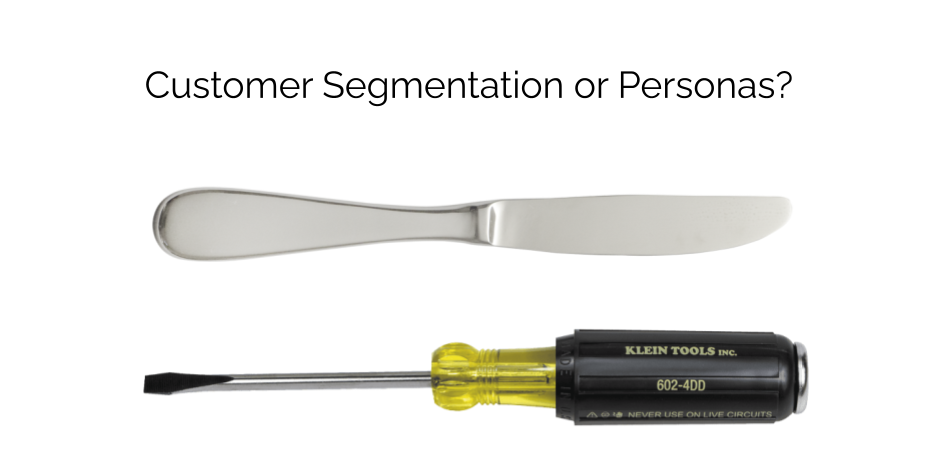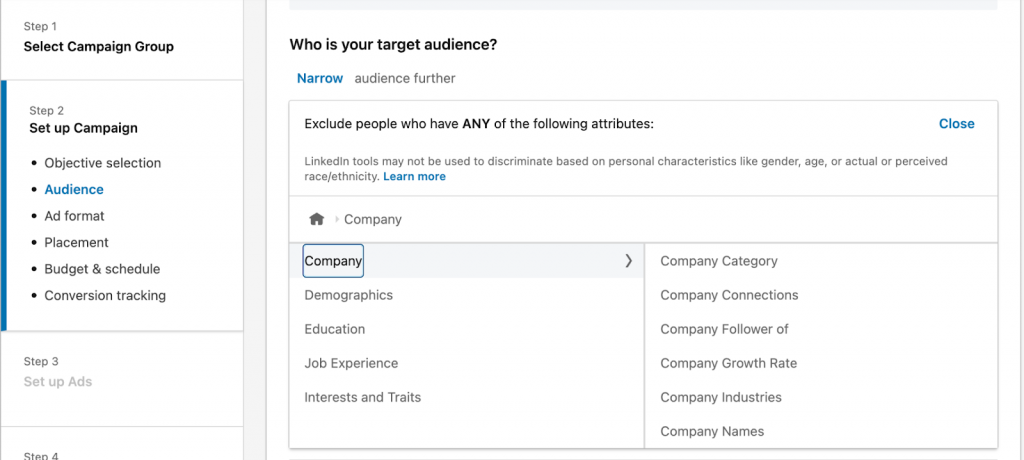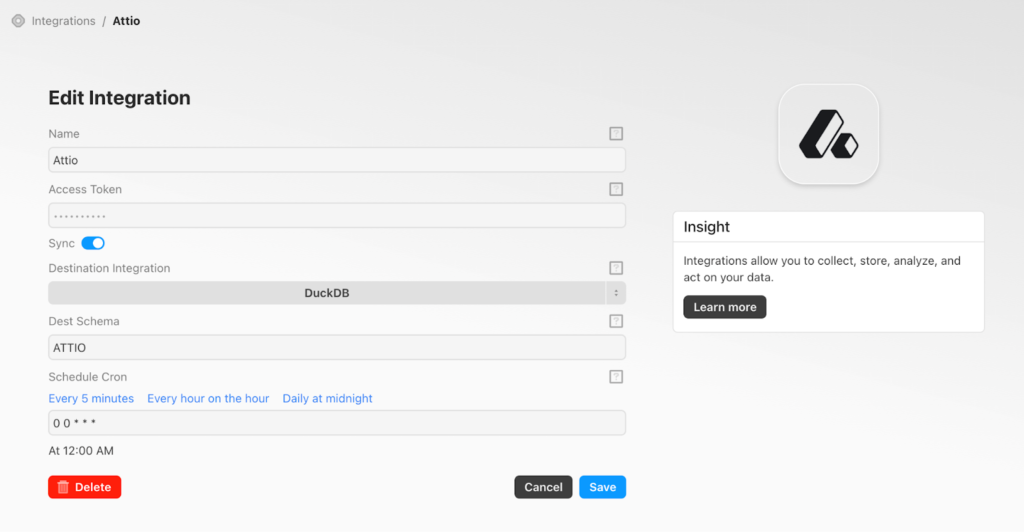Let’s say you want to create a new email campaign to drive sales. Should you use customer segmentation or personas? What if you want to run an A/B test on a website? Which should you use? It’s time to develop a new feature for your SaaS product… you get the idea.
Customer segmentation and personas are two essential concepts in marketing and product development that can help businesses better understand and serve their customers. While they are related, they are not the same thing, and it’s critical to understand the differences between the two to use them in your marketing efforts effectively.
Think of it like this, you can interchange a butter knife and a flat-head screwdriver for some tasks, but each one is much better for its intended purpose. (And you’ll have a lot more success when you use them for what they’re made for!)
Definitions and differentiation
Customer segmentation is the process of dividing a customer base into smaller groups based on specific characteristics, such as demographics, behavior, geography, or attitudes and interests (psychographics). This allows businesses to evaluate their customer base as a whole and create targeted marketing campaigns and personalized experiences for different segments within it.
For example, Nike creates separate marketing campaigns for high school athletes, parents, and “people who like to wear comfortable clothing to the gym” based on each segment’s different needs and preferences. Let’s take a look at a specific segment.
Example Customer Segment: “high school athletes”
- Age between 13 and 18 years old (demographic)
- Participates in sports competition (behavior)
- Lives in North America (geography)
As you can imagine, this customer segment would be defined a lot differently than the “people who like to wear comfortable clothing to the gym” segment.
Personas, on the other hand, are fictionalized representations of a business’s ideal customers. They are informed by research and data about actual customers and are designed to help businesses better understand their target audience’s needs, motivations, and behaviors. Personas are typically developed for specific marketing campaigns or product development efforts and are used to create more targeted and effective marketing materials. Let’s create an example persona to see how it works.
Example Customer Persona: “Nika the high school basketball player”
- She is on the junior varsity basketball team as a freshman and aspires to play in college
- Her favorite player is Sue Bird because she is a great leader
- She wants to feel fast and agile on the court
Why use customer segmentation? Why use personas?
So why use both customer segmentation and personas? Customer segmentation is a broad-level approach that helps businesses understand and classify their customers into different groups. It provides a high-level view of the customer base and can help businesses identify opportunities for growth and expansion. Personas, on the other hand, are more detailed and specific and are designed to help businesses create targeted marketing campaigns and personalized experiences for specific groups of customers.
Notice the difference? It’s subtle. Each is a tool that is actionable in a different way. It’s all about the application of the tool.
Customer segmentation is a tool for identifying groups of similar customers to target and engage them.
Personas are a tool for creating a shared understanding of a (hypothetical) customer to develop products, services, value propositions, and messaging for them.
Let’s look at the differences to help make this clear.
Differences, pros, cons, and tradeoffs
Each tool has its own strengths and weaknesses. Knowing what makes each good or bad will help you understand when to use each and, more importantly, when not to.
Built on data vs. Narrative
One key difference between customer segmentation and personas is that customer segmentation is based on a company’s first-party customer data, while personas are fictionalized representations.
This means that customer segmentation is a more reliable and accurate way to understand and classify customers. On the other hand, personas are more subjective and can be influenced by the biases and assumptions of the person creating them. But what you lose with precision, you gain in the texture and empathy necessary for creativity.
Creativity or optimization?
Being built differently means they are better at different things. I like to sum it up as the tradeoff between creation and optimization. People describe their personas as a collection of data points they find in Google Analytics dimensions. The problem with this is that demographic dimensions are too vague to generate an idea that a customer might genuinely care about.
Consider the example of the “high school athletes” segment vs. “Nika” the high school basketball persona. It’s a lot easier to create an effective billboard, Instagram ad, or email when you think you are making it for Nika than all the kids who play high school sports in the US.
On the other hand, it’s possible to evaluate the “high school athlete” segment, “people who like to wear comfortable clothing to the gym,” analytically and measure their relative size and revenue potential. It’s also easier to target a segment than a persona in an ad platform!
Proving a point or telling a story?
Not every application of these two tools is about business output. Each can help you influence stakeholders in different ways. It all depends on if you’re trying to prove a point or tell a story.
If you want to inspire people to try something new or different, you can describe the opportunity size with segmentation. But if you want to get people to think or act in accordance with your plan, a story is much more impactful. A good persona is the main character of a story. If you tell your stakeholders the story of how your new offering will change your main character’s life, they’re more likely to buy into that if you beat them over the head with statistics.
That said, these two things can go hand in hand. A segment can describe a target market. One or more segments can be used to animate the otherwise faceless customers in a target segment. Then you can generate ideas about how to deliver value propositions for them in a way that will improve the value of that segment.
So which is better to use – customer segmentation or personas? The answer depends on your business’s needs and goals.
When to use each and how to choose
Remember the three examples in the beginning? Would you know what to use if you are going to create a new email campaign, run an A/B test on a website, or develop a new feature for your SaaS product?
When to use personas
Use personas when you need a conceptual tool for creating a shared understanding of a (hypothetical) customer to develop products, services, value propositions, and messaging.
- Creating new product features or selling to a new audience
- Writing blog posts or marketing web pages with a specific goal for the audience
- Developing a pricing strategy for a SaaS app
When to use customer segmentation
When you need an analytical and tactical tool for identifying groups of similar customers to target and engage them, use customer segmentation. Here are some examples of when you might use customer segmentation.
- Comparing new geographies to expand your service area
- Targeting customers with ads on Instagram based on their purchase history
- Sending an email to customers in a specific pricing tier in your app to offer a new feature
Ultimately, the best approach will depend on your business’s specific needs and goals. Customer segmentation may be the best approach if you’re looking for a broad understanding of your customer base. Personas may be a better option if you’re looking to create targeted marketing campaigns or personalized experiences. Both customer segmentation and personas can be valuable tools for understanding and serving your customers, and using both can help you create more effective and efficient marketing strategies.
Want some good resources on creating personas and using customer segmentation? Here are a few that I’ll stand behind.
How to create a customer persona
- How to create personas by IDEO Open Source: Personas | Open Design Kit
- Using personas for pricing by Profitwell: Your Buyer Personas Aren’t Good Enough
- Designing personas for venture design: Personas for Design, Development, & Growth
How to develop a customer segmentation strategy
Stay tuned. I’m working on it! 😉 Sign up to get notified when I write new posts below.



